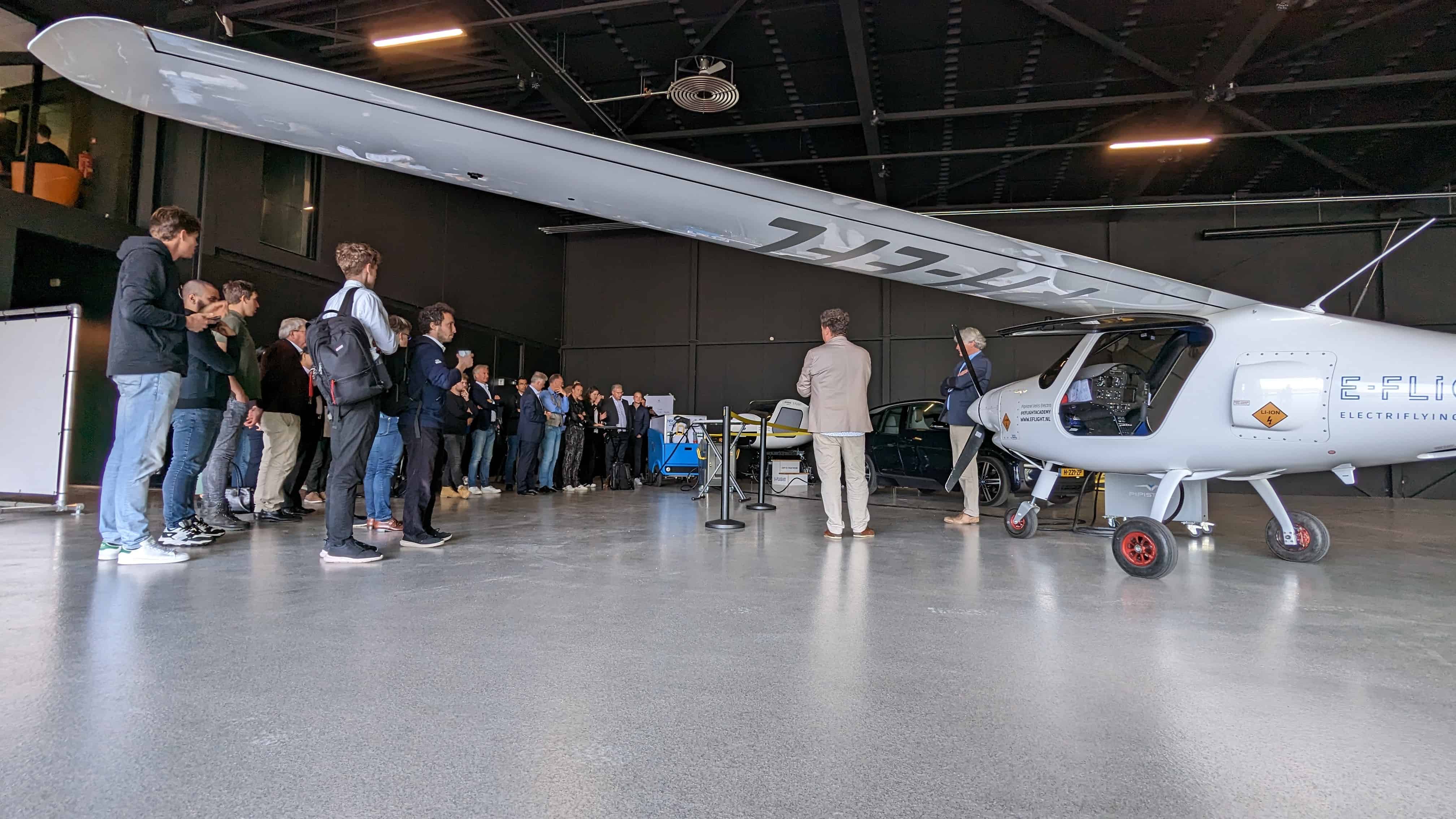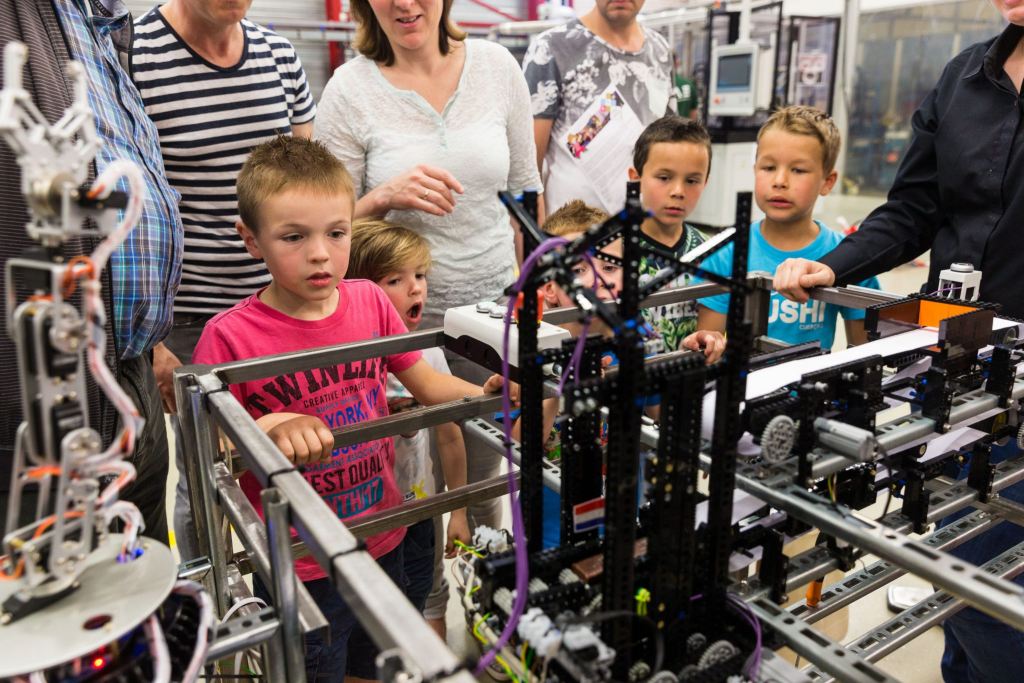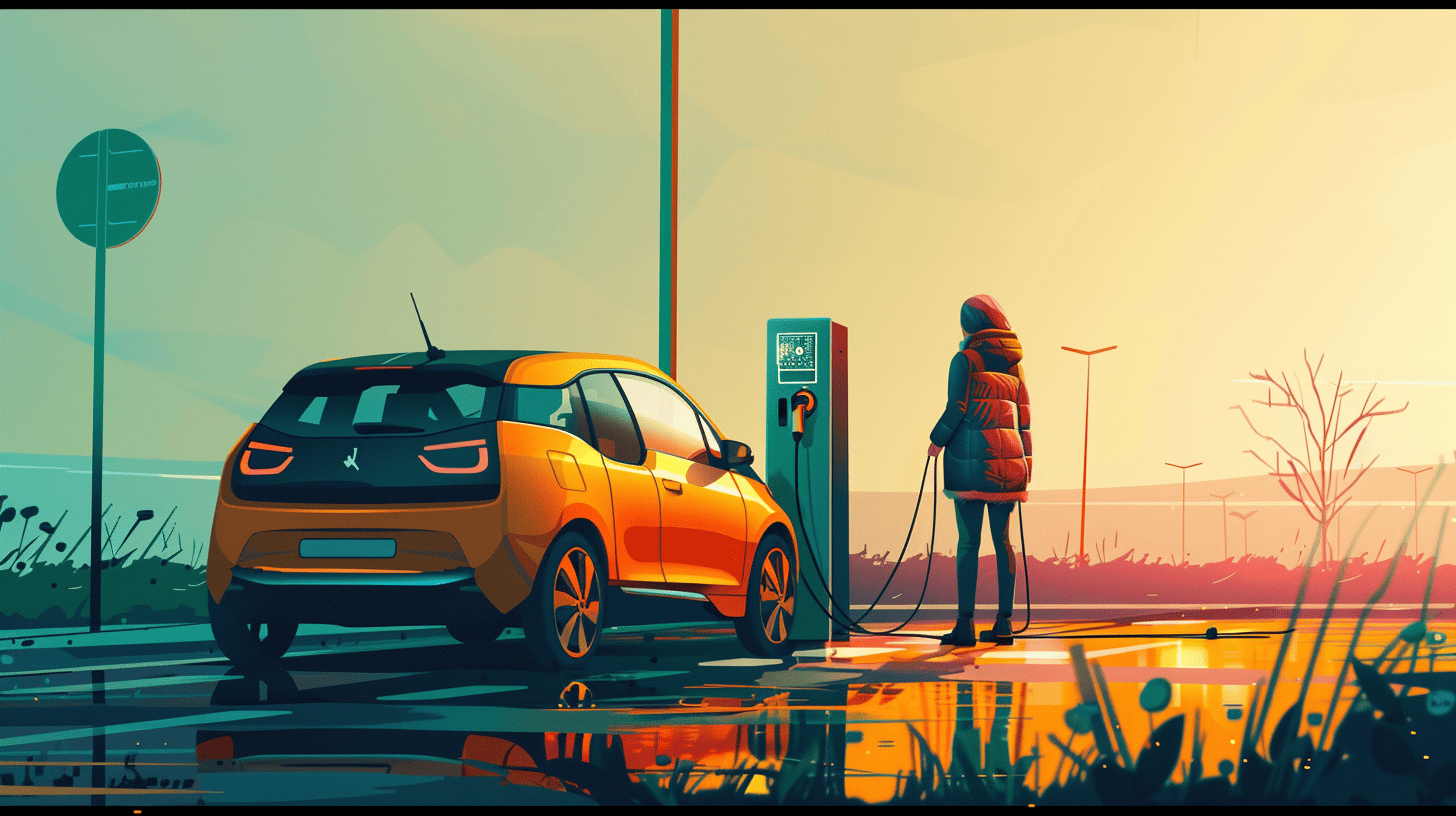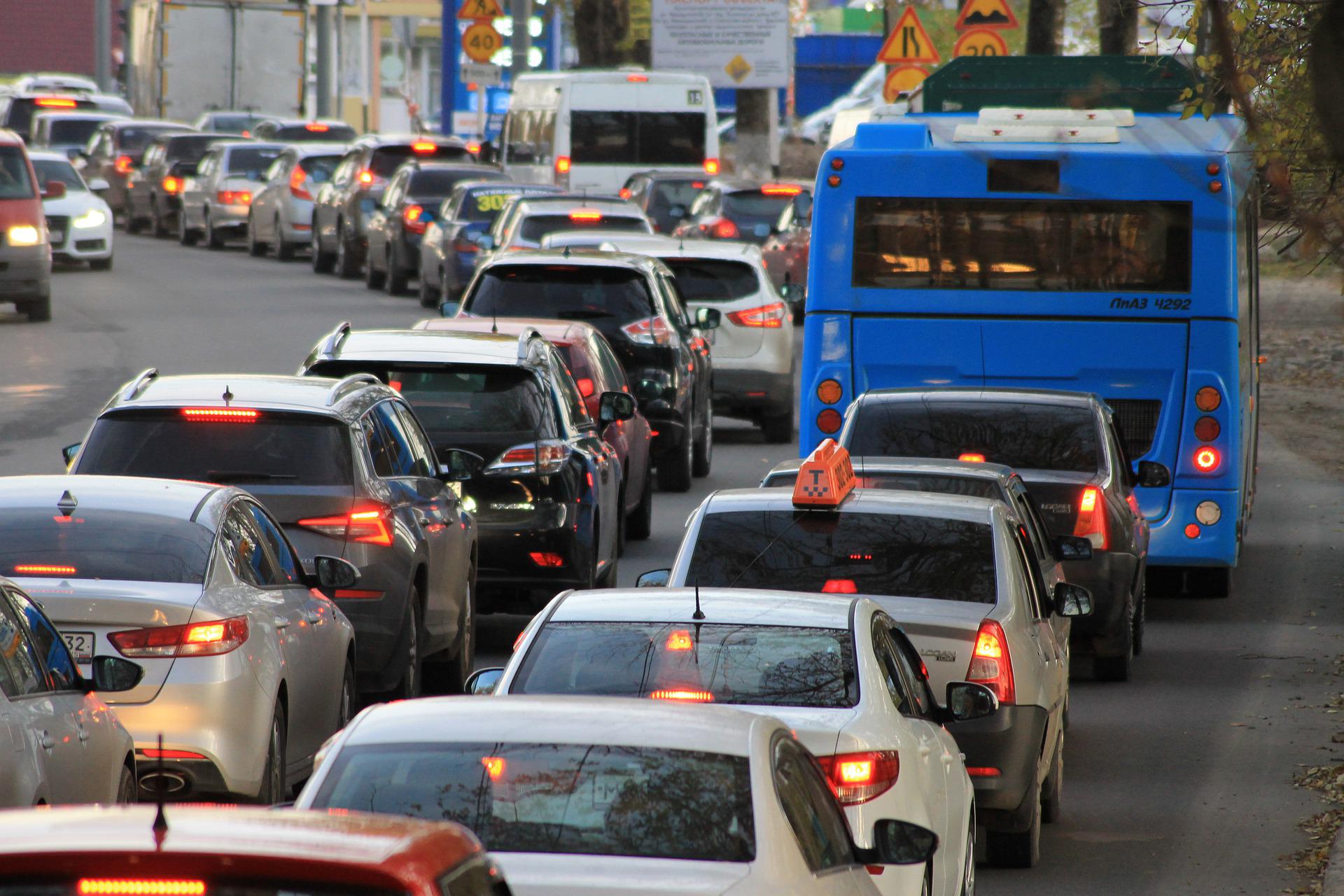
In Dutch society, where the gap between rich and poor also manifests on the road, a transition to sustainable mobility could bring a new balance. Research by CE Delft, commissioned by Natuur & Milieu, suggests that a more equitable transition to sustainable mobility is possible, especially for lower income brackets.
Recent research by CE Delft shows that many measures for sustainable mobility mainly benefit the lower-income classes. Subsidies for electric cars and scrappage schemes for old vehicles provide significant emission reductions. Higher incomes benefit more from purchase subsidies, while the ‘car-away’ premium and scrappage schemes are most effective for lower incomes. According to CE Delft, implementing these measures is feasible from 2025 and promises significant reductions in CO2 emissions through behavioral change and a cleaner vehicle fleet.
Four measures for sustainable mobility
Different measures have different effects. CE Delft has calculated which measure works best for which population group. These are the measures:
1. High purchase subsidy for cheaper electric cars. This subsidy is available to purchase new and second-hand electric cars from the smaller segments.
2. ‘Car-away’ subsidy: Owners receive a transport credit if they get rid of their car. When abandoning another car, users receive a transportation credit on top of the selling price of their car.
3. Scrappage scheme for old, fossilized car. Owners receive a transport credit when scrapping their old fossil car.
4. ‘Climate ticket’ in public transport: a public transport card for unlimited off-peak travel where users can purchase a monthly ticket for unlimited off-peak travel for a fixed monthly fee.
More than half of the passenger cars in the Netherlands are owned by households within income bracket 2, together almost half of the population. Thanks to proposed measures such as the scrappage scheme and the “car-away” premium, this group now seems likely to play a key role in reducing CO2 emissions.

Subsidies and scrappage schemes
The measures mentioned would help the environment and the wallets of lower-income groups. The scrappage scheme provides a transport credit for owners who have their old, fossil-fueled cars scrapped. This encourages fleet reduction and promotes a switch to cleaner transportation. The “car-away” incentive makes it attractive to stop driving a car, which directly contributes to emissions reduction.
The report states that the variable costs of electric cars are lower than those of fossil vehicles, leading to increased use of electric cars and, thus, a decrease in CO2 emissions. However, the purchase subsidy for electric cars appears to fall mostly on higher income brackets, raising the question of whether this subsidy is distributed fairly.
Behavior change and environmental benefits
The study shows that subsidies for electric cars trigger an increase in fleet electrification. The “car-away” incentive appears to be an effective way to discourage the use of fossil fuel vehicles further. This measure requires participants to refrain from car ownership for five years, significantly reducing emissions.
The climate ticket, another part of the package, is designed to make public transportation more attractive outside peak hours. Nevertheless, it is the least effective measure in terms of CO2 reduction. Indeed, attracting new public transport users from active modes such as cycling and walking does not yield the desired environmental gains.
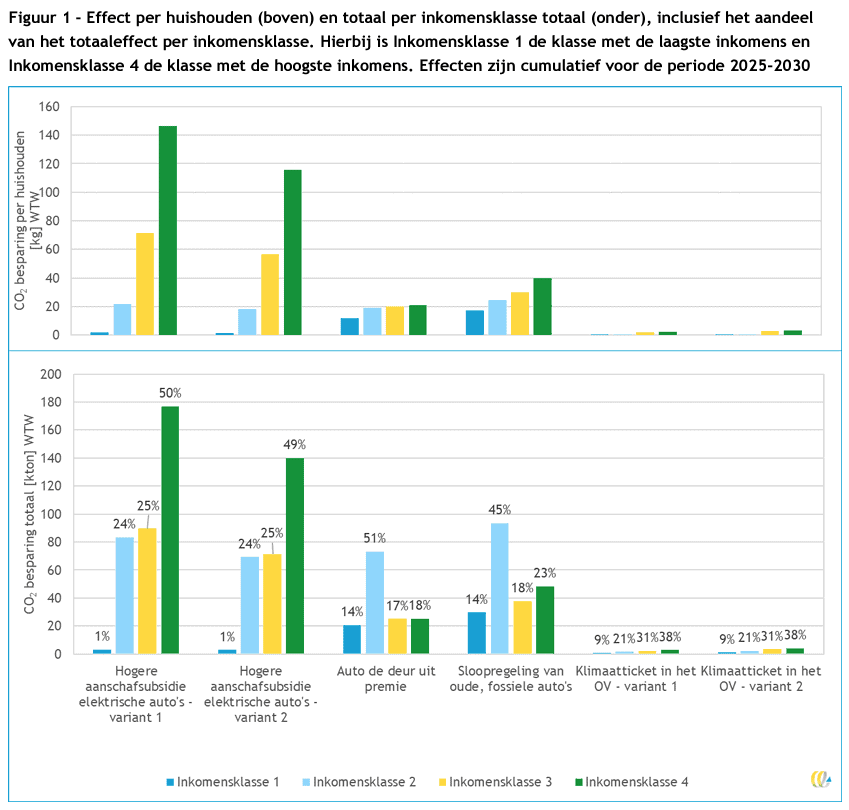
The road to 2025
The feasibility of the proposed measures is an essential part of the report. According to the researchers, the measures will be feasible by 2025, and no obstacles to implementation are foreseen. Another finding is that the measures cannot be added together for a total impact. The impact of a combination of measures depends on the size of the total budget available. This implies that a strategic approach, where different measures are carefully combined, may be the key to maximizing environmental gains.
Impact on different income classes
Income differences play a major role in the reach and effectiveness of measures. Whereas the higher income brackets benefit more from the purchase subsidy for electric cars, the lower income brackets mainly benefit from the scrappage scheme and the ‘car-door-out’ premium.
According to the researchers, this skewed distribution raises the question of whether current climate policies are inclusive enough. Previous findings show that higher-income households benefit more from fuel-efficient car tax breaks. CE Delft’s report, therefore, emphasizes the importance of a policy that considers the needs of different target groups.
Discourage and electrify
The study’s conclusion is clear: most CO2 reduction can be achieved with measures that discourage car ownership and electrify the car fleet. The measures are not only feasible and practicable, but also offer prospects for a fairer distribution of the costs and benefits of the mobility transition.



